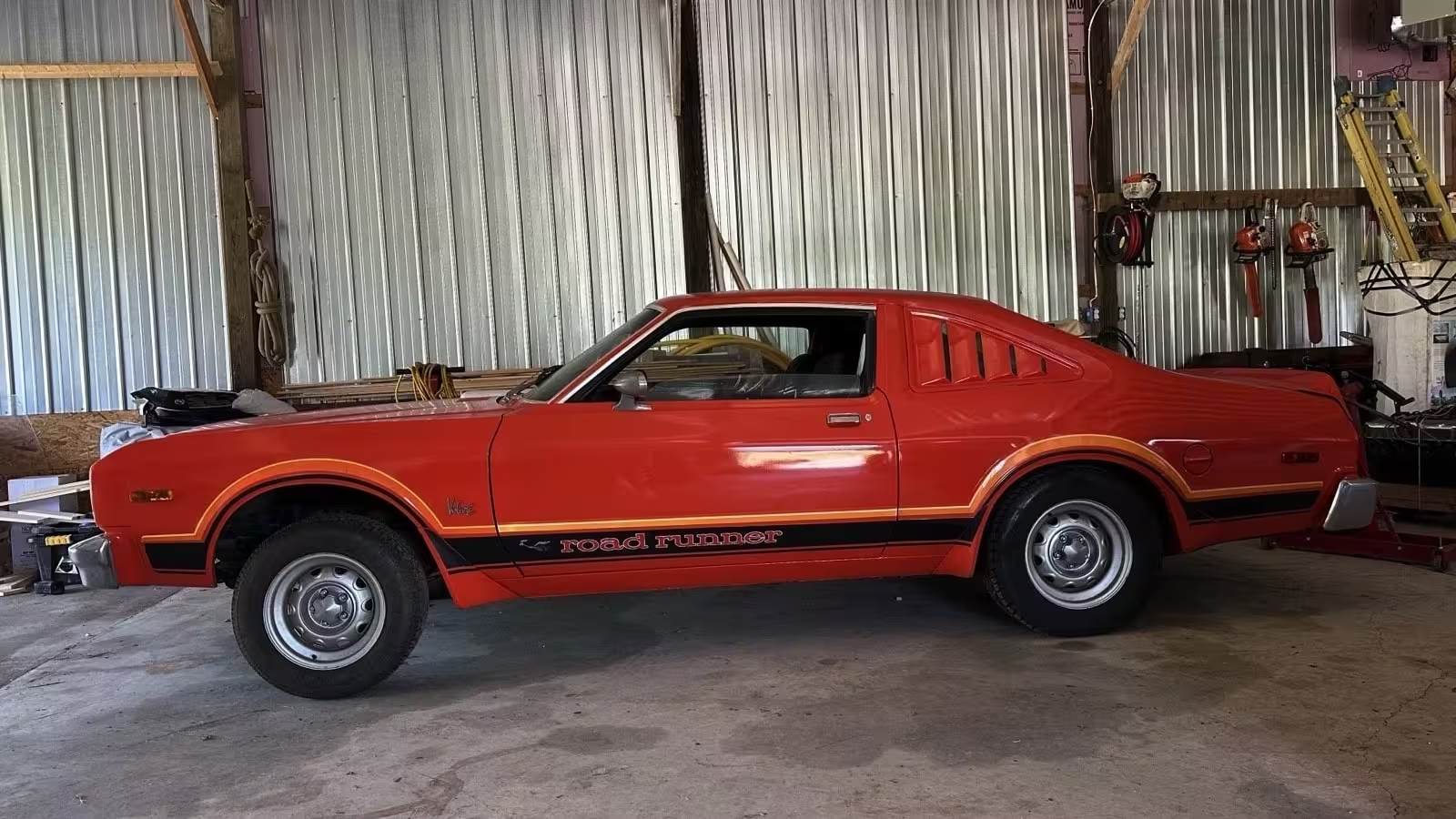4 Minutes
The Evolution of Plymouth Road Runner: From Muscle Car Icon to Volare Special Edition
The Plymouth Road Runner once dominated American roads as one of the most respected muscle cars of the late 1960s and early '70s. However, shifting automotive trends and stricter regulations saw this legendary nameplate lose its high-performance edge by the mid-1970s. By 1976, Plymouth had re-imagined the Road Runner not as a stand-alone muscle machine, but as a sporty trim package for the new Volare coupe, effectively replacing the iconic Duster in the two-door segment. The connection to its powerful predecessors was limited, but Plymouth aimed to keep the Road Runner's energetic spirit alive.
Classic Power Under the Hood: Engine Options for the 1976 Road Runner Volare
To maintain its appeal, the 1976 Road Runner Volare came equipped with a 318 cubic inch (ci) V8 engine as standard, while enthusiasts looking for extra punch could opt for a 360ci V8. These classic V8 powerplants provided the robust performance that Mopar fans associated with the Road Runner badge, despite modern regulations dialing back their original output.
The Current Condition: A True Barn-Find Opportunity
The vehicle featured in these photos is a genuine 1976 Plymouth Volare fitted with the sought-after Road Runner package. It's been sitting in storage for approximately 15 years, according to the eBay seller alexalu_26. The previous owner began a mechanical restoration over a decade ago, removing the engine and halting the project, leaving the car untouched in a barn in Burlington, Wisconsin ever since.
Despite its long slumber, the Volare remains impressively well-preserved. Externally, the classic coupe retains its sharp lines and signature Road Runner graphics. However, the cabin does show significant signs of aging—worn upholstery and cosmetic imperfections—but the good news is that all interior components are present, either installed inside or safely stowed in the trunk. This means a knowledgeable classic car restorer will have a complete puzzle to bring back to life.
Engine Details and Restoration Potential
While the original engine has been removed, photographic evidence suggests it is the standard 318ci V8, though confirmation is advised for interested buyers. As is the case with most barn finds, there are a few uncertainties regarding the powertrain's condition and the amount of work required for reinstallation and recommissioning. Prospective purchasers should contact the seller directly for clarification or arrange an in-person inspection if feasible.
Market Value and Collector Interest
The owner is optimistic about the Volare's value, listing the car on eBay with a starting bid of $12,000, a secret reserve, and a hefty Buy It Now option of $40,000. While demand for 1970s Road Runner Volare models typically doesn't reach the heights of earlier muscle car icons, this particular example has garnered notable interest—almost a hundred watchers are tracking the auction. Its appeal lies in its originality, mostly complete condition, and the rare opportunity to restore a genuine Road Runner edition.
Comparison and Collectibility
Compared to the original Road Runner and Duster, the 1976 Volare Road Runner may lack outright collectibility, but for Mopar enthusiasts and fans of classic American cars, it represents a unique chapter in Plymouth history. With most components intact and the distinctive Road Runner style still shining through, this car is an excellent foundation for a rewarding restoration project.
Logistical Considerations
Given that the engine is currently out of the vehicle, buyers will need a trailer for transport. For potential owners seeking an accessible entry point into the world of classic cars or Mopar restoration, this barn-find could be an exciting opportunity—assuming the price aligns with market reality.
In summary, this 1976 Plymouth Volare Road Runner stands as a promising blank canvas with a compelling backstory. Whether it finds a new home depends on whether an enthusiast steps up before the auction clock runs out.
Source: autoevolution



Comments